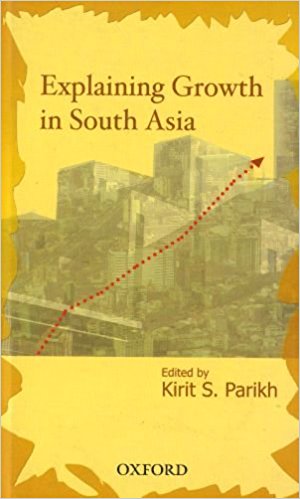What are the factors that make some countries grow faster than others? Economists have forever been perplexed by this question and have sought answers by looking for empirical regularities in cross-country growth experiences. This literature proliferated with the advent of the cross-country growth regression approach, which identified a very large number of factors as possible sources of growth. However, growth regressions have since been somewhat descredited as they are unable to capture country-specific factors adequately. This has led to a renewed interest in country specific case studies that can help identify robust sources of economic growth. Explaining Growth in South Asia contributes to this literature, by focusing on five countries, i.e., Bangladesh, India, Nepal, Pakistan and Sri Lanka. It is based on case studies from a Global Research Project undertaken by the Global Development Network (GDN) for each of these countries. Although researchers from the specific countries have written the papers separately, they have tried to answer similar questions, and this makes it possible to compare their experience and draw lessons from them.
The common questions addressed by these papers are: (i) What were the initial conditions for growth in these economies? (ii) What were the different policy regimes adopted by them? (iii) What were the political conditions that led to these regimes? And finally, (iv) What were the outcomes of these regimes? Each of the case studies in this book gives insightful answers to these questions.

